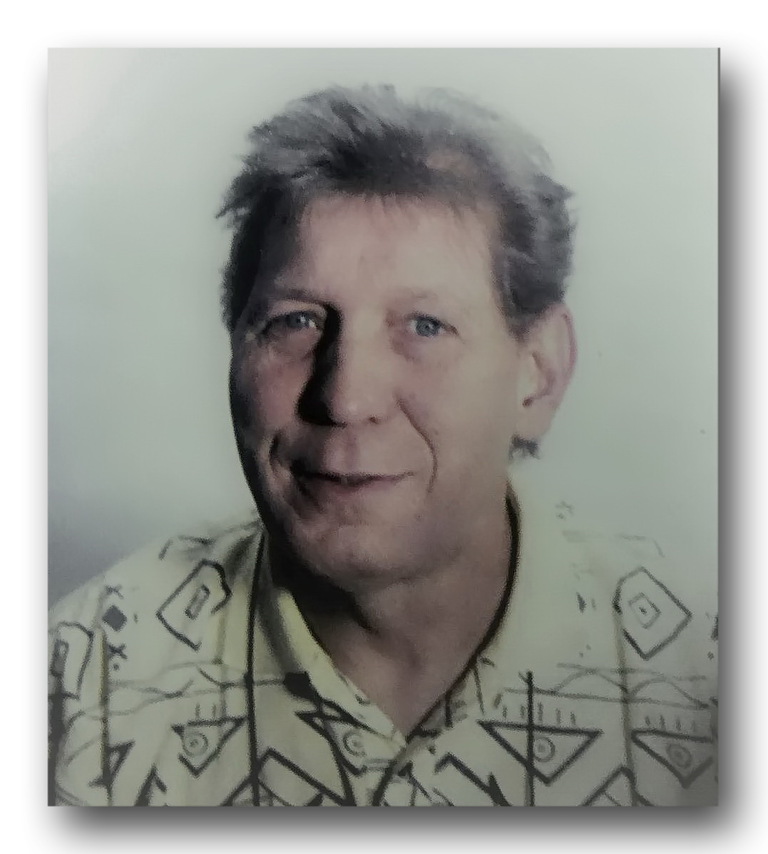

The pre-treatment Dmean of the RG was larger than the NRG, but it was not significant ( P = 0.219). The pre-treatment ADC min of the response group (RG) were similar to the no-response group (NRG), and there was no significant difference ( P = 0.947). The present study compared the performance of RESOLVE DWI and DKI for the prediction of radiotherapy response in patients with NPC and explored valuable imaging markers.

The ability to predict the local outcome of a primary tumor may help improve treatment planning and provide useful information about the need for additional re-planned radiotherapy or chemotherapy. We hypothesized that RESOLVE DWI and DKI could be used to assess treatment response in nasopharyngeal carcinoma (NPC).

The mean of kurtosis coefficient (Kmean) and the mean of diffusion coefficient (Dmean) might provide more information on tissue heterogeneity, vascularity, and cellularity than the apparent diffusion coefficient (ADC) 13. As a non-Gaussian diffusion model, diffusion kurtosis imaging (DKI) could better depict the complicated water diffusion behavior in living tissue DWI 12. Recent studies used non-Gaussian diffusion models for brain DWI 8– 10 and for other tissues, including the head and neck 11, 12. A readout segmentation of long variable echo trains (RESOLVE) DWI with a higher spatial resolution and less artifact susceptibility than ss-EPI DWI was a better functional technique 6, 7. However, motion and magnetic-sensitive artifacts caused by susceptibility-based distortion near bones and air might compromise the results of conventional single-shot echo-planar imaging (ss-EPI) DWI in the nasopharynx. Kmean-post values of DKI have the potential to be used as imaging biomarkers for the early evaluation of treatment effects of radiotherapy on NPC.ĭiffusion-weighted imaging (DWI) has been widely applied to head and neck tumor detection, staging, characterization, and treatment response prediction 1– 5. Kmean-post was considered as an independent predictor of local control, with 87.5% sensitivity and 91.3% specificity (optimal threshold = 0.30, AUC: 0.924 95% CI, 0.83–1.00). All parameters differed between the RG and NRG groups except for the pretreatment Dmean and ADC min. Parameter values at the pre-treatment period, post-treatment period, and the percentage change between these 2 periods were obtained. DKI (the mean of kurtosis coefficient, Kmean and the mean of diffusion coefficient, Dmean) and RESOLVE DWI (the minimum apparent diffusion coefficient, ADC min) parameters were calculated. The patients were divided into response group (RG 36/41 patients) and no-response group (NRG 5/41 patients) based on follow-up results. All patients underwent conventional MRI every 3 months until 1 year after radiotherapy.

All patients underwent conventional MRI, RESOLVE DWI and DKI, before and after radiotherapy. Forty-one patients with NPC were evaluated. In this prospective study, we compared the performance of readout segmentation of long variable echo trains of diffusion-weighted imaging (RESOLVE DWI) and diffusion kurtosis imaging (DKI) for the prediction of radiotherapy response in patients with nasopharyngeal carcinoma (NPC).


 0 kommentar(er)
0 kommentar(er)
